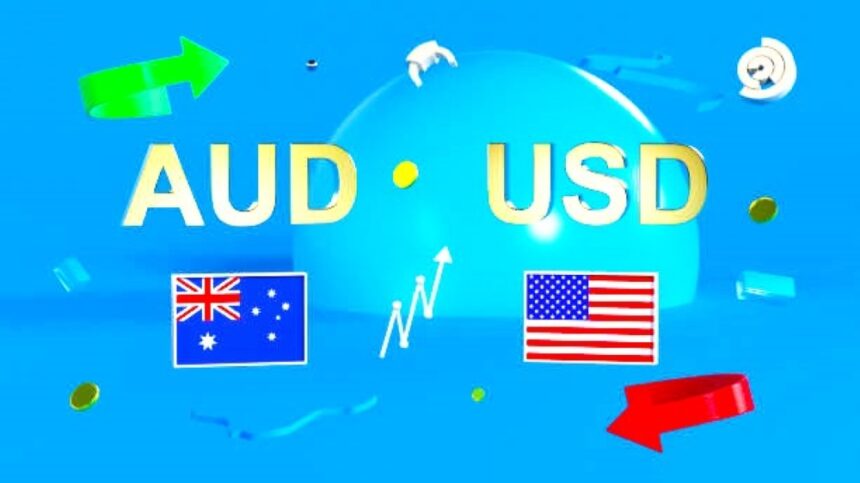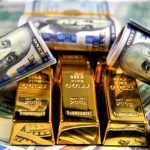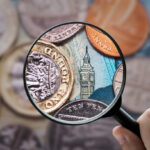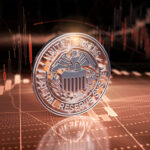Australian dollar is under pressure as risk aversion rises.
On Thursday, the Australian Dollar (AUD) continued to fall against the US Dollar (USD), despite an increase in Australia’s Consumer Inflation Expectations to 4.6% in February from 4.0% before.
US dollar may strengthen as Fed Chair Jerome Powell suggested there is no need to cut interest rates.
The AUDUSD pair under pressure as a result of US President Donald Trump’s 25% tariff hike and Federal Reserve Chair Jerome Powell’s indication that the central bank is not in a hurry to lower interest rates further.
Adding to the tension, Trump’s trade adviser , Peter Navarro, criticized Australia on Tuesday, accusing it of “killing the aluminum market” just a day after Trump signed executive orders imposing import tariffs on certain metals. Australia is actively seeking exemptions from these new tariffs, with Trump previously stating he would give “great consideration” to the request due to the trade imbalance between the two nations. Meanwhile, expectations for a Reserve Bank of Australia (RBA) rate cut are rising. With the central bank currently maintaining a 4.35% cash rate, traders widely anticipate a potential reduction at the February meeting. Market odds now indicate a 95% probability of a cut to 4.10%, as recent data suggests underlying inflation is cooling faster than the RBA had anticipated.
Daily Market Update:Australian Dollar declines amid rising odds of Fed.
The US Dollar Index (DXY), which measures the US Dollar’s value against six major currencies, remains near 108.00 at the time of writing. Traders await US Consumer Price Index (CPI) inflation due on Wednesday, which expected to hold at 2.9% YoY, while core CPI inflation is forecast to tick down to 3.1% versus the last print of 3.2%. Fed’s Powell stated in his semi-annual report to Congress that the Fed officials “do not need. The US Federal Reserve (Fed) expected to delay cutting interest rates until the next quarter due to rising inflation concerns, according to a Reuters poll conducted between February 4-10.
The majority of economists surveyed expect at least one rate cut by June, but opinions on the exact timing remain divided. The White House acknowledged that all import tax exceptions had been lift and stated that more action on microchips and autos will be explored in the coming weeks.
President Beth Hammack of the Federal Reserve Bank of Cleveland remarked that maintaining interest rates constant for an extended period of time will most likely be prudent.
On Tuesday, President Beth Hammack of the Federal Reserve Bank of Cleveland remarked that maintaining interest rates constant for an extended period of time will most likely be prudent. According to Reuters, Hammack highlighted that taking a patient approach will allow the Fed to analyze economic conditions and that the central bank well-positioned to respond to any economic developments.
New York Fed President John Williams stated that US economic indices are generally positive, emphasizing that US Gross Domestic Product (GDP) growth should be consistent this year and next.
China’s consumer price index (CPI) increased at an annual rate of 0.5% in January, up from 0.1% in December and exceeding the market forecast of 0.4%. On a monthly basis, CPI inflation rose 0.7% in January, compared to December’s flat reading of 0%, though it fell short of the expected 0.8% increase.
https://voiceoftraders.com/archive/us-dollar-surges-as-sticky-inflation-returns-to-the-forefront









